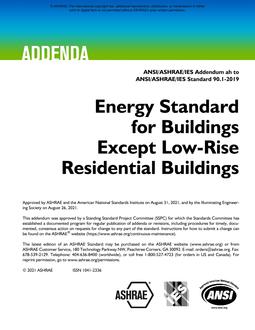From Chapter 1:
Moisture control is fundamental to the proper functioning of any building. Controlling moisture is important to protect occupants from adverse health effects and to protect the building, its mechanical systems and its contents from physical or chemical damage. Yet, moisture problems are so common in buildings, many people consider them inevitable. Excessive moisture accumulation plagues buildings throughout the United States, from tropical Hawaii to arctic Alaska and from the hot, humid Gulf Coast to the hot, dry Sonoran Desert. Between 1994 and 1998, the U.S. Environmental Protection Agency (EPA) Building Assessment Survey and Evaluation (BASE) study collected information about the indoor air quality of 100 randomly selected public and private office buildings in the 10 U.S. climatic regions. The BASE study found that 85 percent of the buildings had been damaged by water at some time and 45 percent had leaks at the time the data were collected.
Moisture causes problems for building owners, maintenance personnel and occupants. Many common moisture problems can be traced to poor decisions in design, construction or maintenance. The American Society of Heating, Refrigerating and Air-Conditioning Engineers (ASHRAE) notes that, more often than not, the more serious problems are caused by decisions made by members of any of a number of different professions. However, such problems can be avoided with techniques that are based on a solid understanding of how water behaves in buildings.
Keywords: moisture control, building envelope, EPA, guidance
Citation: ASHRAE Book
Product Details
- Published:
- 2016
- ISBN(s):
- 9781939200426
- Number of Pages:
- 146
- Units of Measure:
- Dual
- Product Code(s):
- 90125


